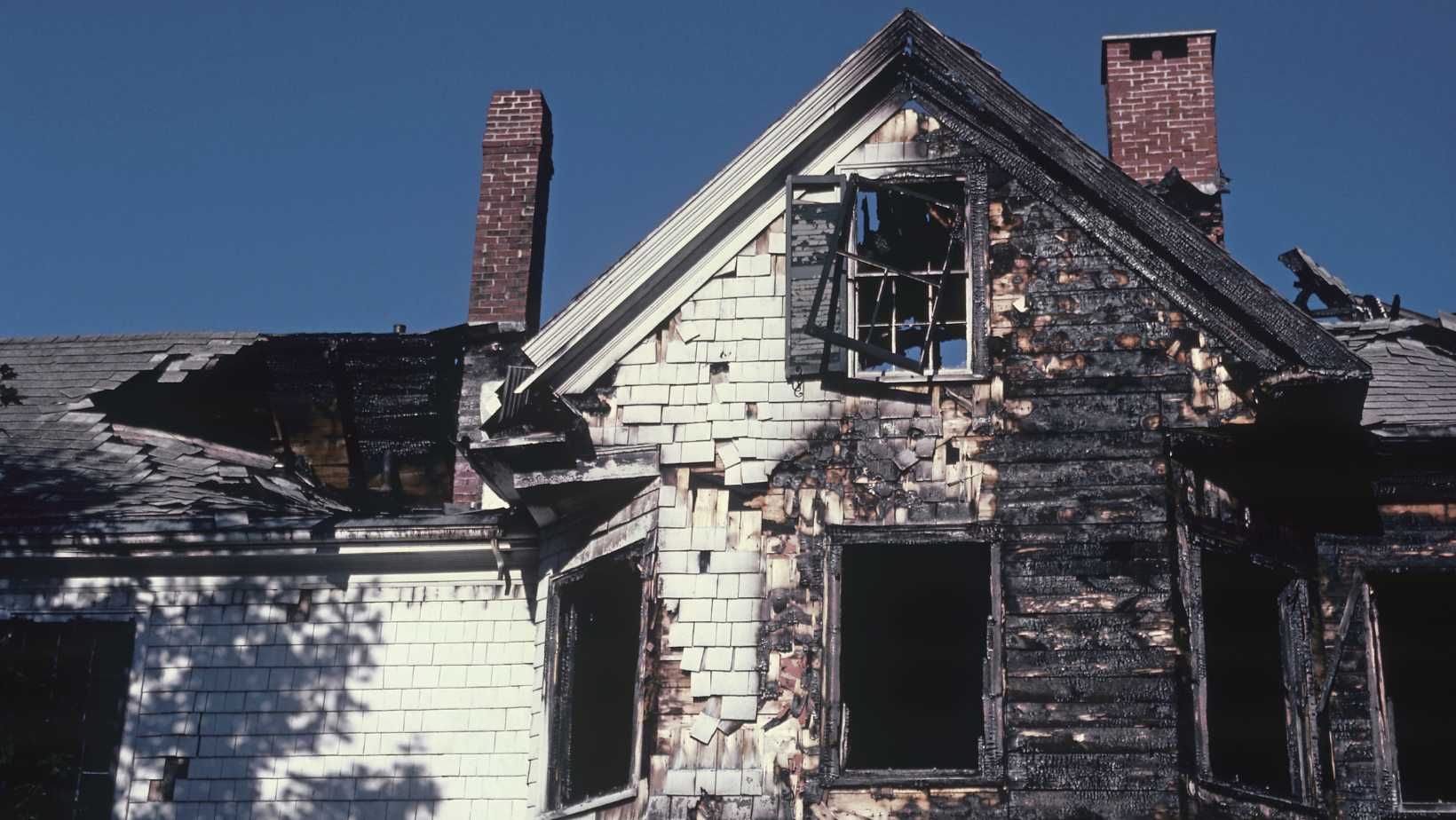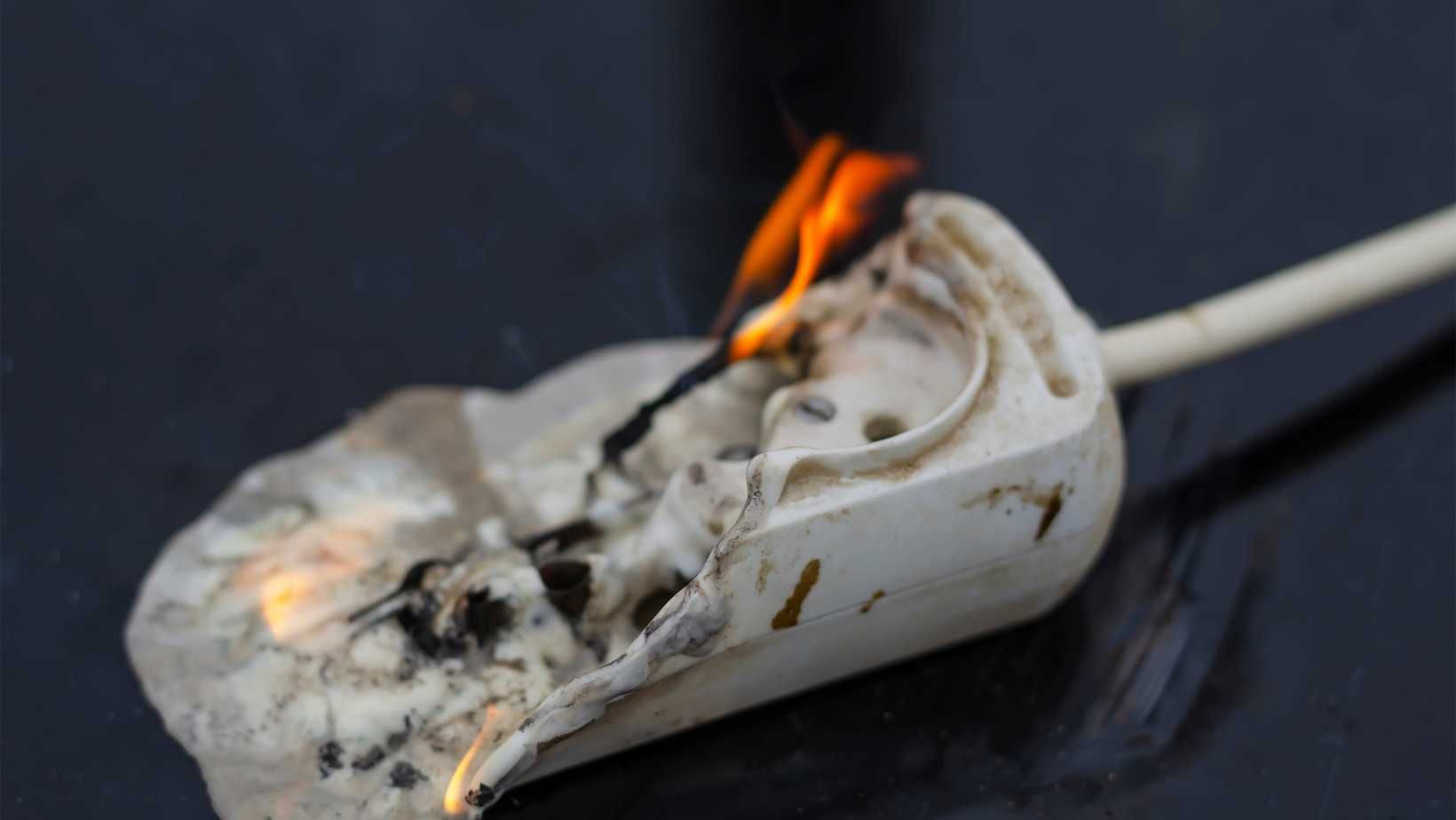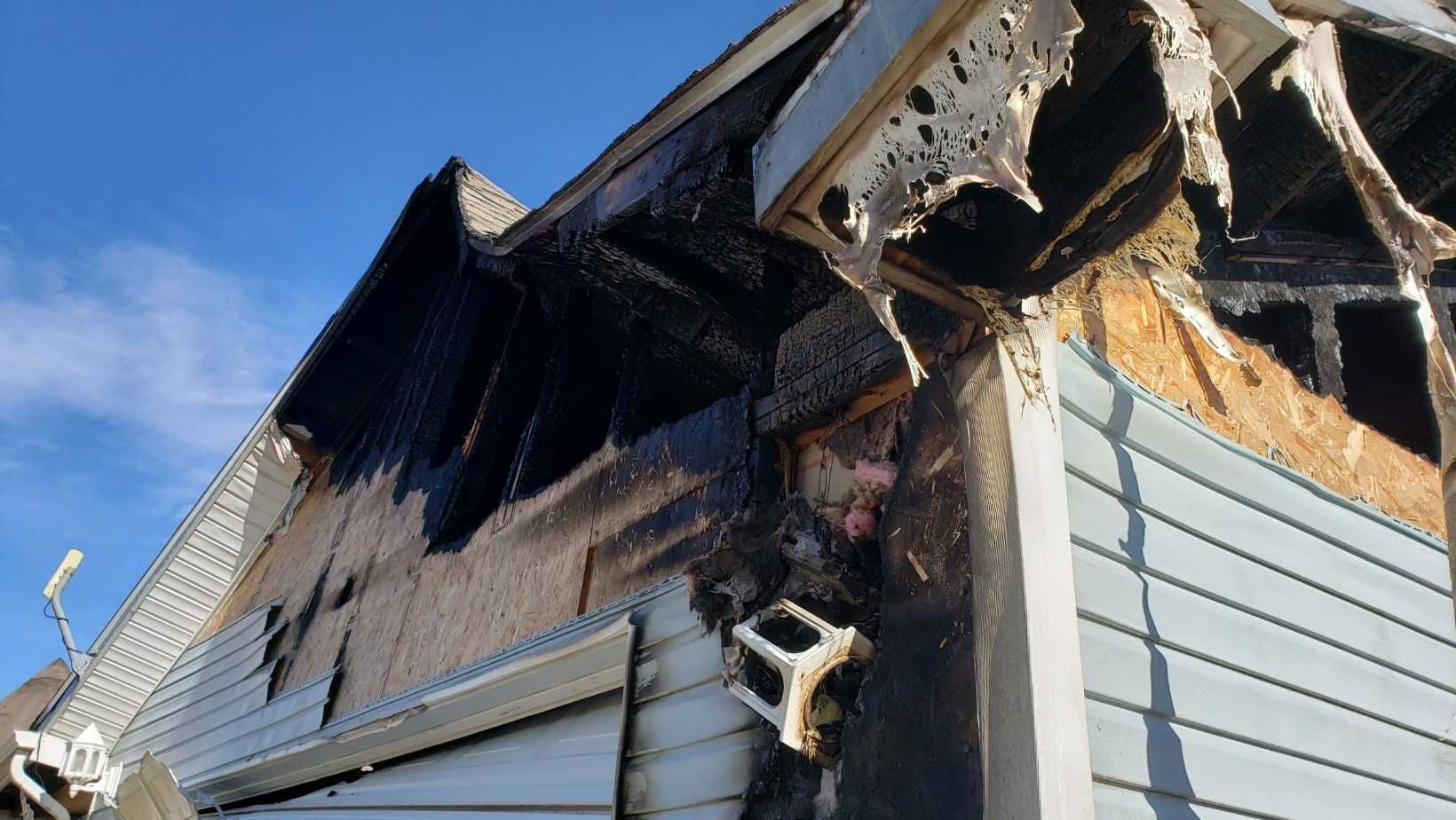Salvaging Memories Techniques for Cleaning and Restoring Fire-Damaged Personal Items
This article provides insights into the process of contents cleaning after a fire, including which items can be saved, how to clean them, and when to call in professionals.

Contents Cleaning After a Fire
Salvaging items after a fire is not just about restoring physical belongings but also about preserving memories and sentimental value [4]. It is crucial to act swiftly and efficiently to salvage as many items as possible to minimize losses and aid in the emotional recovery process. For example, items like furniture, upholstery, and carpets can often be salvaged through specialized cleaning methods that remove soot and smoke residue effectively. By prioritizing contents cleaning, individuals can take proactive steps to protect their possessions and maintain a sense of normalcy amidst the chaos and devastation caused by a fire.
Contents cleaning involves a thorough assessment of the damage severity and restoration feasibility to determine the best course of action for each item. This assessment helps restoration professionals tailor their cleaning techniques to the specific needs of each belonging, ensuring the highest chances of successful restoration. Additionally, immediate attention to contents cleaning can prevent further damage, such as mold growth, which can occur rapidly in the aftermath of a fire. By recognizing the importance of prompt and meticulous cleaning, individuals can not only salvage their belongings but also prevent additional harm and deterioration, ultimately expediting the recovery process.
When it comes to salvaging memories after a fire, every item holds significance beyond its material value. Sentimental items like family photographs and heirlooms are irreplaceable, making their restoration crucial in the contents cleaning process. For example, professional restoration services can employ specialized techniques to restore delicate items like antique jewelry or artworks to their pre-damaged condition, ensuring that the emotional connections to these possessions remain intact. By understanding the emotional impact of salvaging these items, individuals can approach the contents cleaning process with care and empathy, recognizing the importance of these belongings in their lives.
Types of Items That Can Be Salvaged
During the aftermath of a fire, understanding which items can be salvaged is essential for homeowners looking to recover their belongings and memories. Items like furniture, upholstery, and carpets are often salvageable through professional cleaning processes that target soot and smoke residue effectively. By utilizing specialized cleaning solutions and techniques, restoration experts can restore these items to their pre-damaged state, preserving their functionality and appearance. For instance, advanced cleaning methods such as dry sponging can remove soot from upholstery without causing further damage, demonstrating the effectiveness of professional restoration services in salvaging common household items.
Moreover, books, documents, and paper items may require specialized restoration techniques due to their delicate nature. Restoration professionals can employ methods like freeze-drying to prevent further deterioration and restore these items to a readable and usable condition. By recognizing the unique needs of different types of belongings, homeowners can make informed decisions about which items are salvageable and which may require more extensive restoration efforts. Additionally, sentimental items like photographs and artwork, although vulnerable to fire damage, can be restored by professionals using tailored approaches that preserve their integrity and sentimental value. This level of care and expertise highlights the importance of seeking professional assistance in salvaging cherished possessions after a fire.

DIY Cleaning Methods for Salvaging Belongings
Implementing do-it-yourself (DIY) cleaning methods can be a proactive approach to salvaging belongings after a fire incident. For example, using gentle cleaning techniques like dry sponging can effectively remove soot from delicate items without causing damage. Additionally, specialized cleaning solutions designed for different materials such as wood, metal, and fabric can aid in restoring fire-damaged items to their pre-fire condition. By utilizing these DIY cleaning methods, homeowners can take immediate action to salvage their belongings and prevent further damage.
Furthermore, proper ventilation and the strategic use of dehumidifiers play a crucial role in preventing mold growth during the DIY cleaning process. By ensuring adequate airflow and controlling humidity levels, individuals can mitigate the risk of mold infestation on salvaged items, preserving their integrity and usability. In addition, using protective gear such as masks and gloves is essential to ensure personal safety during the cleaning process, especially when dealing with potentially hazardous residues from the fire. By following these DIY cleaning methods and safety precautions, homeowners can actively participate in the contents cleaning process while safeguarding their well-being and the condition of their belongings.
When to Seek Professional Contents Cleaning Services
Knowing when to seek professional contents cleaning services is key to ensuring the successful restoration of belongings after a fire incident. While some items can be effectively cleaned using DIY methods, others may require the expertise and specialized tools of professional restoration companies. For instance, delicate fabrics like curtains or upholstery may need specific cleaning solutions and techniques to avoid damage and ensure thorough restoration. By recognizing the limitations of DIY cleaning and the benefits of professional services, homeowners can make informed decisions about when to call in experts for assistance.
Professional contents cleaning services offer a range of benefits, including advanced restoration technologies and tailored approaches for different types of belongings. For example, experts may use ozone treatment for odor removal, ensuring that salvaged items are free from lingering smoke smells. Additionally, professional companies provide secure storage for items during the restoration process, safeguarding them from further damage and ensuring their protection until they can be returned to the homeowner. By enlisting the services of professionals, individuals can expedite the contents cleaning process, increase the chances of successful restoration, and alleviate the stress and burden of handling the aftermath of a fire incident.

Tips for Preventing Further Damage During the Cleaning Process
Preventing further damage during the cleaning process is crucial for ensuring the successful restoration of belongings after a fire. For instance, it is important to avoid using water-based cleaning methods on electronics to prevent additional harm to these items. Instead, homeowners can consult professionals or utilize specialized cleaning techniques to safely restore electronic devices damaged by fire. Moreover, employing HEPA vacuum cleaners can effectively remove fine soot particles from surfaces without causing abrasion, preserving the integrity of materials like furniture and upholstery. By following these tips, individuals can protect their belongings from further damage while actively participating in the contents cleaning process.
Protecting oneself during the cleaning process is equally important for personal safety and well-being, especially when dealing with fire-damaged items. Wearing appropriate protective gear such as masks and gloves can shield individuals from harmful particles and residues present on salvaged items, minimizing health risks associated with exposure to fire-related contaminants. Additionally, ventilating the cleaning area and using dehumidifiers can help prevent mold growth and ensure a safe environment for the contents cleaning process. By prioritizing safety measures and taking proactive steps to prevent further damage, homeowners can navigate the cleaning process with confidence and peace of mind.
Importance of Professional Fire Damage Restoration Companies
Professional fire damage restoration companies play a vital role in the contents cleaning process after a fire, offering expertise and specialized techniques to salvage a wide range of items effectively. For example, when it comes to delicate documents or photographs damaged by fire, professionals may utilize advanced methods like freeze-drying to restore these items to their pre-damaged state successfully. This level of expertise and precision is essential for salvaging sentimental belongings that hold significant emotional value for homeowners. By entrusting their belongings to professional restoration companies, individuals can ensure the best possible outcome for their salvaged items and expedite the recovery process.
In addition to specialized restoration techniques, professional companies provide detailed inventory management to track and prioritize salvaged items during the cleaning and restoration process. This organized approach not only streamlines the restoration workflow but also gives homeowners peace of mind, knowing that their belongings are in capable hands. Furthermore, post-cleaning inspections carried out by professionals serve as a final quality check, ensuring that the restoration work meets industry standards and aligns with customer expectations. By partnering with professional fire damage restoration companies, individuals can benefit from their expertise, efficiency, and commitment to delivering high-quality results in the contents cleaning process.

Tips for Cleaning Up and Removing Smoke Odor
Eliminating smoke odor is a critical step in the contents cleaning process after a fire, as lingering odors can persist and affect the overall restoration efforts. Utilizing air purifiers and deodorizers can effectively remove smoke odors from the affected area, creating a fresher and more pleasant environment for homeowners. For fabrics and clothing that have absorbed smoke smells, washing them with odor-neutralizing detergents can help eliminate the unpleasant odor and restore the items to their pre-fire condition. Additionally, professional smoke odor removal services offer tailored solutions for persistent odor issues, ensuring comprehensive odor elimination and a clean living space for homeowners.
Addressing smoke odor is not only essential for restoring the aesthetics of the home but also for safeguarding the health and well-being of individuals residing in the space. Lingering smoke particles can trigger respiratory issues and discomfort, underscoring the importance of thorough smoke odor removal in the contents cleaning process. By following these tips and considering professional services for deep-seated smoke odors, homeowners can ensure a comprehensive cleaning and restoration process post-fire, creating a safe and odor-free environment for themselves and their families.
Salvageable Possessions and Health Concerns
Immediate action is crucial when salvaging possessions after a fire to minimize health risks and prevent further damage. Promptly cleaning salvageable items can help mitigate respiratory issues resulting from exposure to soot and smoke, ensuring a safer environment for homeowners. For instance, delicate fabrics like curtains or clothing can absorb smoke odor, which may lead to respiratory irritation if not properly cleaned. Moreover, the presence of mold on fire-damaged items can pose health risks if not promptly addressed, emphasizing the importance of swift and thorough cleaning to prevent mold growth and related health concerns. Professional cleaning services are equipped to address these health concerns effectively, providing homeowners with peace of mind and a safer living environment after a fire incident.
Salvaging sentimental items like family photographs and cherished artwork can significantly impact emotional well-being after a fire. These items often hold immense sentimental value and cannot be easily replaced. Therefore, employing specialized restoration techniques by professionals becomes essential to preserve these precious belongings. For example, delicate paintings that have been exposed to smoke or soot require expert care to restore them to their pre-damaged condition, ensuring that the sentimental value remains intact. By addressing both the physical and emotional aspects of salvaging possessions, individuals can navigate the restoration process with greater peace of mind and assurance.
Contents Cleaning Process Overview
A comprehensive understanding of the contents cleaning process post-fire damage is crucial for successful restoration efforts. Before diving into the cleaning procedures, a meticulous pre-cleaning assessment is conducted to evaluate the extent of damage and determine the best course of action for each item. This assessment not only helps restoration professionals tailor their cleaning techniques to the specific needs of each belonging but also guides the restoration companies in prioritizing their efforts effectively. Additionally, industry-standard cleaning methods are employed to restore items to their pre-damage conditions, ensuring meticulous cleaning and sanitization to maximize the chances of successful restoration. By following these standardized procedures, restoration companies can deliver high-quality results and expedite the contents cleaning process for homeowners.
Once the pre-cleaning assessment is completed, restoration companies utilize advanced technologies and specialized techniques to restore a wide range of items to their pre-damage state. For example, items like furniture, upholstery, and carpets may undergo deep cleaning processes to remove soot and smoke residues effectively, preserving their functionality and appearance. Books, documents, and paper items require delicate handling and specialized restoration techniques to prevent further deterioration and restore their usability. By employing a combination of dry cleaning methods, wet cleaning techniques, and advanced technologies, restoration professionals can ensure that each item is cleaned and sanitized thoroughly, ready to be returned to the homeowner in optimal condition. Moreover, stringent quality assurance measures are in place to guarantee that every item is handled with care and attention to detail, providing homeowners with peace of mind and assurance throughout the restoration process.
Role of On-Scene Decontamination Practices
On-scene decontamination practices are essential for protecting the health and safety of firefighters who are exposed to various hazards during firefighting operations. These practices aim to reduce the risks associated with exposure to carcinogens and other harmful substances, safeguarding the well-being of firefighting personnel. For instance, immediate decontamination procedures, such as skin cleansing and equipment decontamination, are crucial steps taken right at the fire scene to minimize the absorption of toxins and contaminants. By adhering to these decontamination practices, firefighters can significantly reduce the risks associated with exposure to hazardous materials and protect their health in the long term.
Consistency in decontamination practices is paramount for maintaining a safe and healthy environment for fire personnel. By following established protocols and best practices outlined by organizations like the Lavender Ribbon Report, fire departments can ensure that their team members are adequately protected during firefighting operations. National evaluations have shown positive attitudes towards decontamination practices, but there is a need for more consistent implementation across different fire departments. Understanding the importance of on-scene decontamination practices can guide interventions to enhance firefighter health and safety, ultimately contributing to the overall well-being of firefighting personnel and the effectiveness of firefighting operations.
You might also like
DryMax Restoration Blogs




